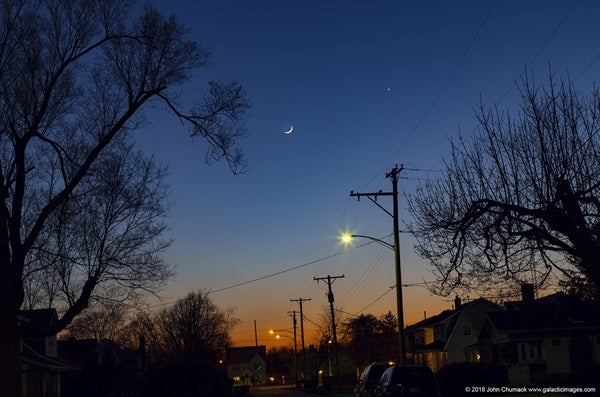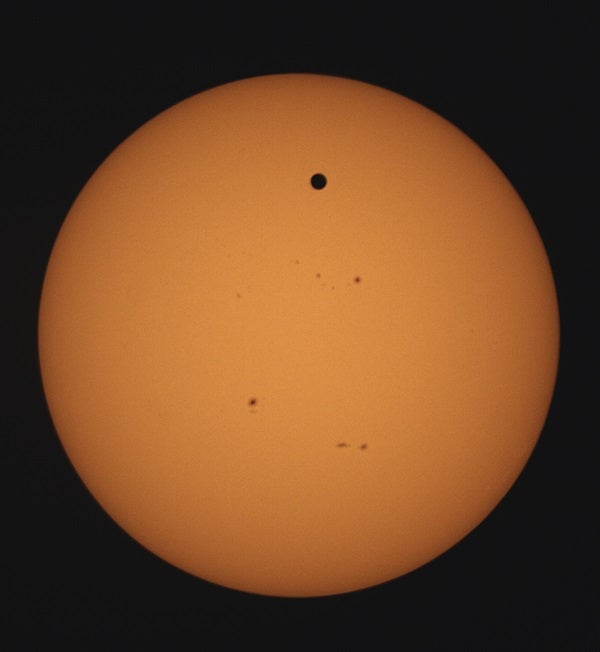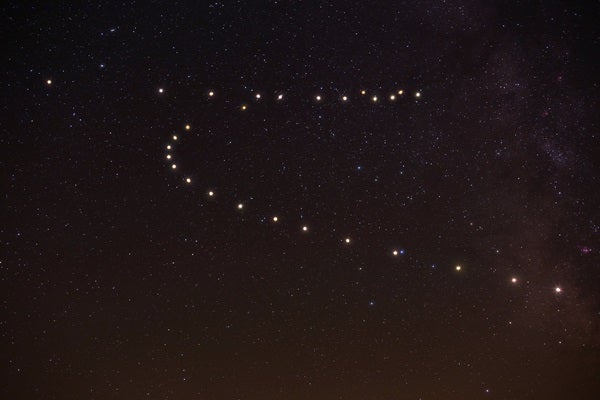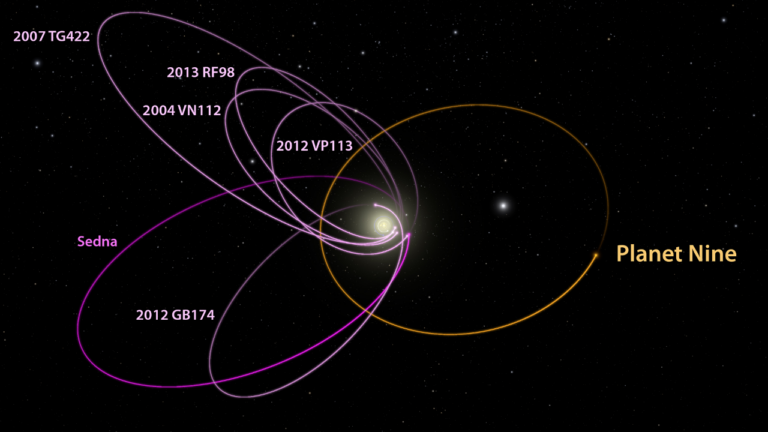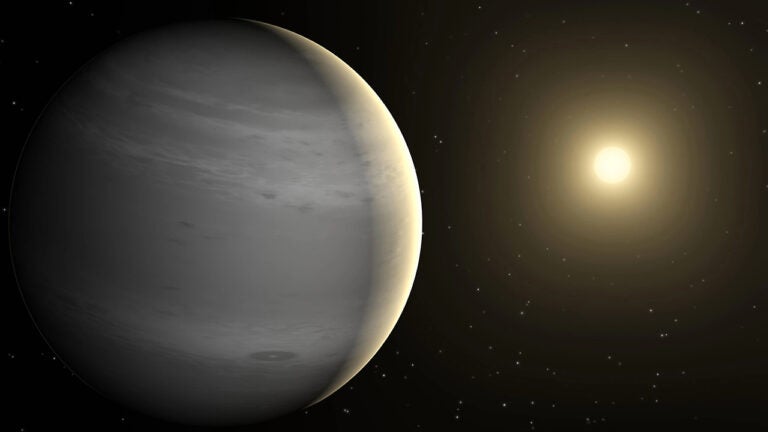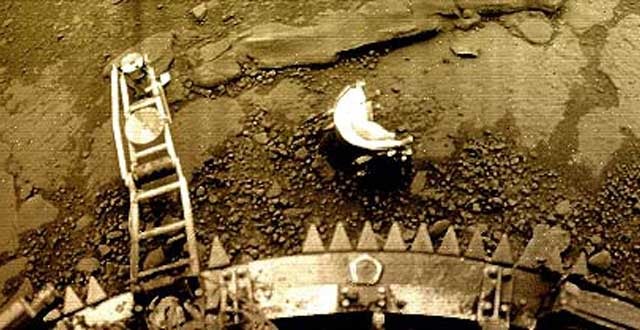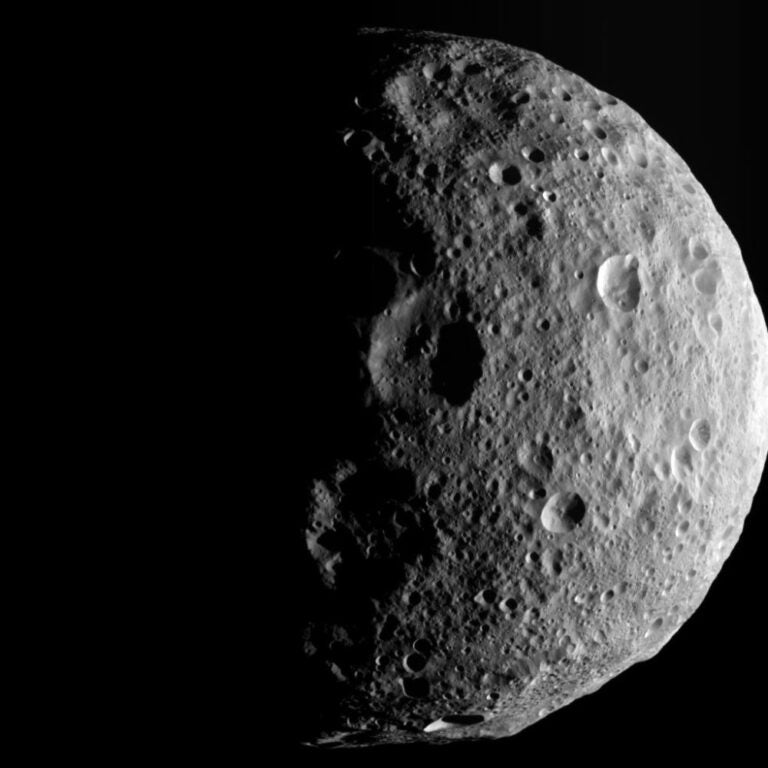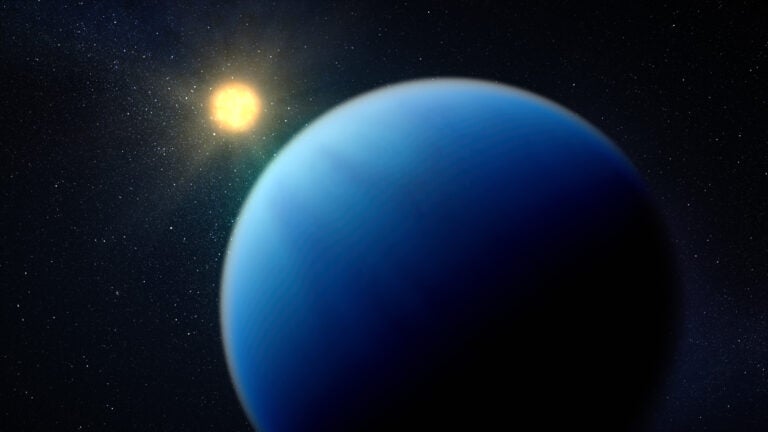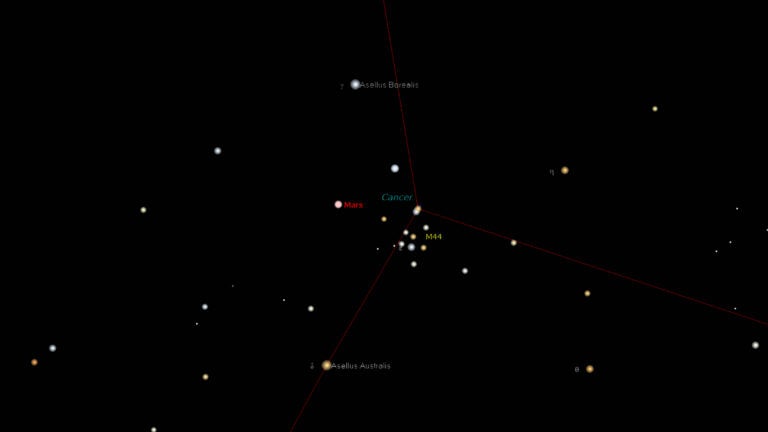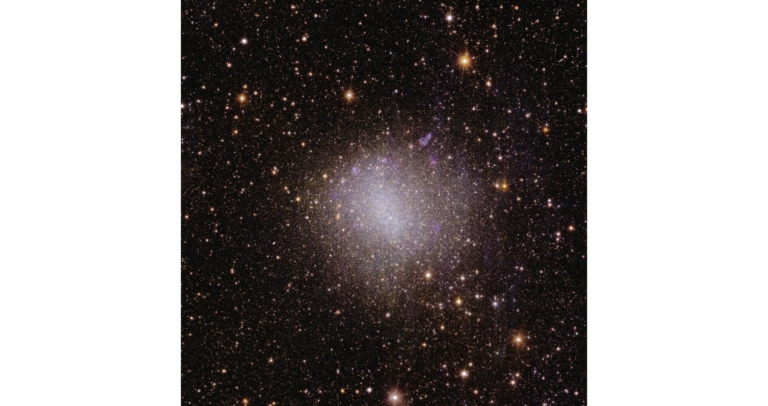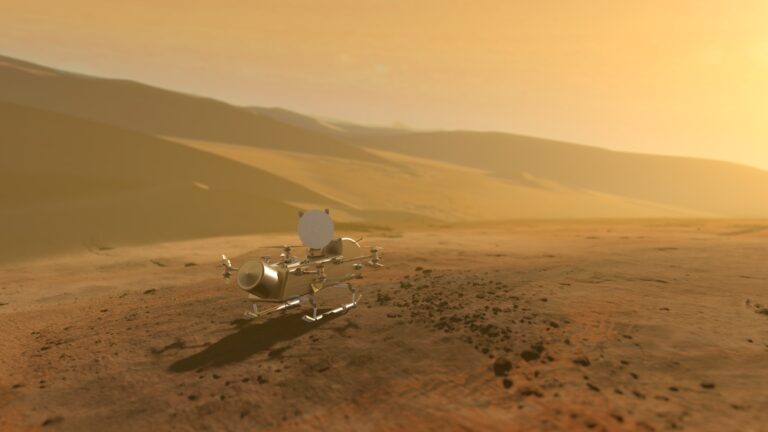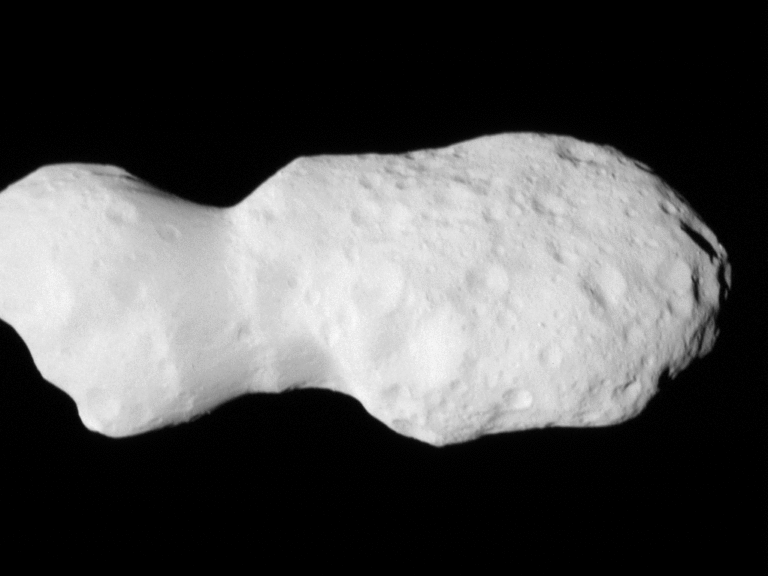From the earliest times, humans have been captivated by its brilliance. The oldest surviving document regarding the planet is the Venus tablet of Ammisaduqa, which was created before 1600 b.c. This cuneiform tablet records Venus’ appearances over two decades, giving the correct time intervals between them.
Observing Venus
Because it’s so bright and its appearances in the morning and evening skies last for months, Venus is easy to observe. During its orbit, the planet goes through a pattern of inferior conjunction (when it’s between Earth and the Sun), greatest western elongation (when it’s at its maximum distance from the Sun in the morning sky), superior conjunction (when it’s on the other side of the Sun from Earth), and greatest eastern elongation (when it’s at its maximum distance from the Sun in the evening sky).
One more event — greatest brilliancy — occurs approximately 36 days before and after inferior conjunction when the planet lies 39° from the Sun. The geometry of the Sun-Venus-Earth angle at these times makes Venus appear brightest from Earth.
The phases of Venus are of interest to observers, as is another easy-to-see aspect: size change. Mercury looks twice as big near inferior conjunction as it does at superior conjunction. Venus, on the other hand, is more than six times larger.
Daytime observations of Venus are not as difficult as most amateur astronomers imagine. In fact, it’s far better to observe Venus during the daytime, or at least in twilight, because the background sky brightness reduces the deleterious effects of the planet’s brilliance. And observing Venus in the daytime sky is easy: Simply point your telescope at Venus before daybreak and allow the drive to track it until after sunrise.
If you observe Venus in the daytime, use a yellow, orange, or red filter. Any of them will enhance the contrast by filtering out the sky’s blue light. But remember: The darker the filter you use, the bigger your scope will have to be. It’s a simple matter of light throughput.
If you’re going to observe Venus at night, limit your viewing to when the planet is at least 20° above the horizon. The air below that level is so thick that image quality will suffer.
The best — really, the only — way to see features in the atmosphere of Venus is through a dark blue (No. 38A) or violet (No. 47) eyepiece filter. Such filters, unfortunately, don’t allow much light through. They have transmissions of 17 percent and 3 percent, respectively. So this advice really is for those who have access to a telescope with an aperture of 10 inches or more.
The most-reported sighting using these filters is of an immense C- or Y-shaped feature centered on and symmetrical with the planet’s equator. This is a short-lived phenomenon, but it tends to re-form often enough to be considered a “permanent” feature in the clouds of Venus.
A tough catch
The orbit of Venus tilts nearly 3.4° to the plane of Earth’s orbit. This means that, at inferior conjunction, Venus may stand nearly 9° north or south of the Sun. I’ve made it a challenge several times to observe Venus at the moment of inferior conjunction. Such a feat is obviously a daytime observation. If your telescope has setting circles, you can attempt this.
When Venus reaches inferior conjunction June 3, 2020, it will lie only 29′ north of the Sun — much too close for a safe observation. The situation improves for the planet’s next inferior conjunction. On January 9, 2022, it will lie 4°51′ north of the Sun. And on August 13, 2023, conditions will be ideal when Venus stands 7°41′ south of our daytime star.
It’s worth the wait, though, to spot Venus when it’s closest to Earth. It appears huge, but the really cool sighting happens when you see the cusps (points) of the ultra-thin crescent appear to extend beyond 180°.
Go see Venus
Sixty-two percent of people have sisters. But 100 percent of us can look into the sky and observe Earth’s sister planet. So, take some time during morning or evening twilight — or even in the daytime — to reacquaint yourself with the third-brightest object in the sky. You won’t even need a finder chart!
Observational timeline
Here are some of the highlights of the last two and a half millennia of observations of Venus.
• Fourth century B.C. — Turkish-born Greek astronomer Heraclides Ponticus becomes the first to suggest that Venus (along with Mercury) travels around the Sun, and not around Earth.
• 15th century A.D. — Persian astronomer Ulugh Beg uses a sextant 60 feet (18.3 meters) in radius to make detailed observations of Venus.
• 1582–1588 — Danish astronomer Tycho Brahe makes daytime measurements of Venus and compares its position to the Sun; at night he compares Venus’ position to stars.
• 1610 — Italian astronomer Galileo Galilei becomes the first to observe the phases of Venus, and states that it imitates the Moon. He also sees that when Venus is nearly full it is small, and when he observes Venus as a thin crescent, it is large. These two observations are strong observational evidence for the validity of the Copernican theory, which places the Sun at the center of our solar system.
• 1645 — Italian astronomer Francesco Fontana records dusty shadings on Venus, but it will take more than 100 years before Venus is scientifically shown to possess an atmosphere.
• 1666 — French astronomer Giovanni Domenico Cassini makes the first measurements of Venus’ rotation rate: 23 hours 21 minutes.
• 1761 — Russian scientist Mikhail V. Lomonosov observes a transit of Venus. He notices that the planet is surrounded by a luminous halo as it enters and exits the solar disk and correctly concludes that Venus has an atmosphere.
• 1911 — American astronomer Vesto M. Slipher determines by spectral analysis that the rotation rate of Venus is much greater than one day.

